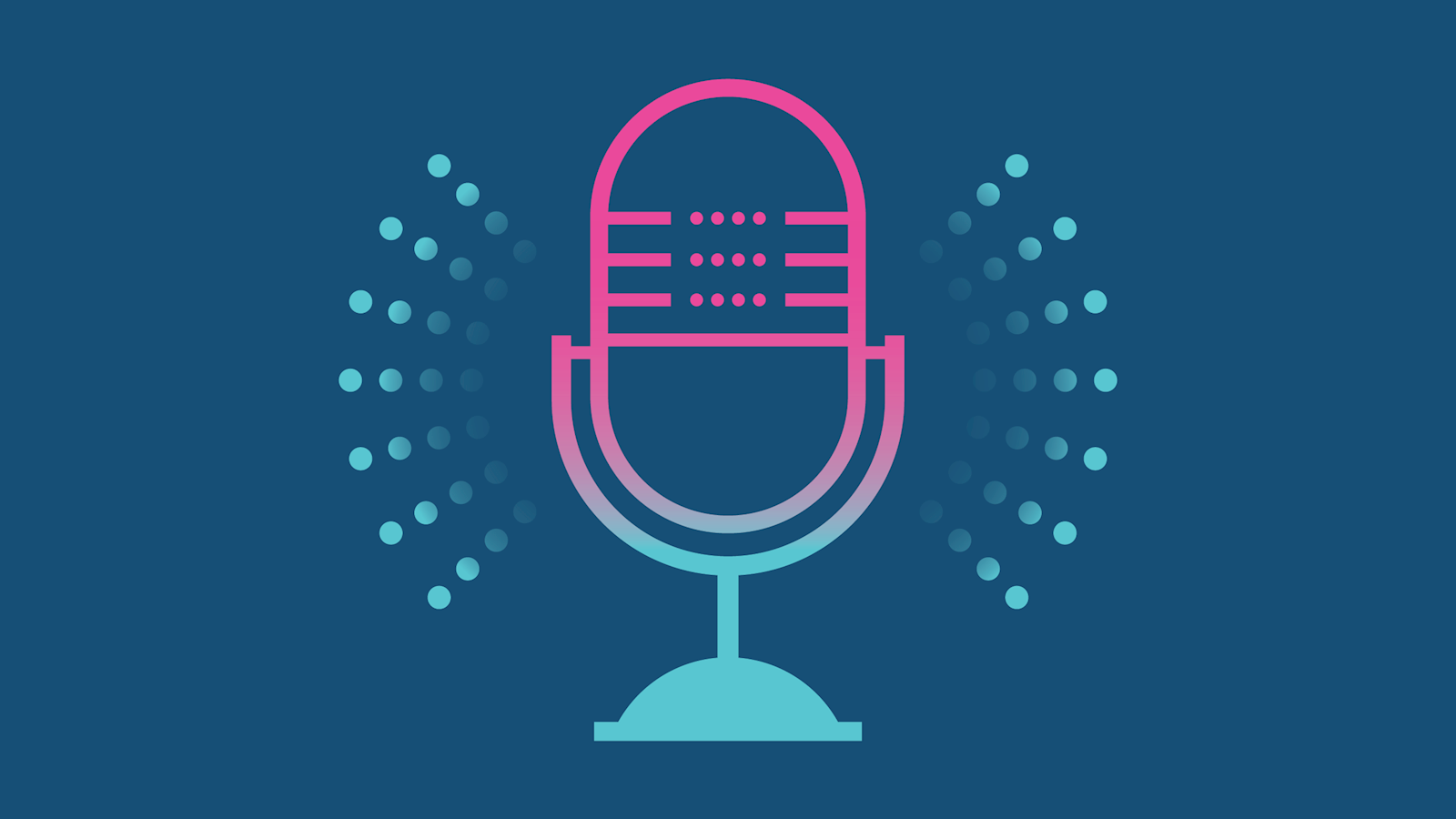
Turning up the volume
Will newer audio channels go mainstream in 2020?
When it comes to audio technologies, smart speakers and voice are generating the most buzz. But voice is by no means ubiquitous yet – our ComTech panel shows that only a quarter of US adults own a smart speaker.
Nevertheless, newer generations will grow up with audio seamlessly embedded in their lives; they will voice their commands, questions and desires and expect speedy responses from a variety of voice-enabled devices.
Despite smart speakers’ potential, at the moment people mainly use them for streaming music and checking the weather – not exactly pushing the technology to its limits. The number one issue preventing smart speakers from reaching their tipping point is lack of confidence in their ability to answer questions correctly.
While our research shows that half of voice assistant users have had commercial interactions, such as adding products to a cart, or checking retail opening times, fear of buying the wrong thing is holding them back from completing a purchase. To increase consumer confidence and usage, manufacturers will need to improve the technical capabilities of voice devices.
But audio is far broader than smart speakers, and we predict that 2020 could herald a new age of audio advertising. We expect podcasts to be one of the fastest growing channels for ad spend: according to our Getting Media Right 2019 study, 63% of marketers say they plan to increase spend in podcast advertising over the next 12 months.
The intimate and highly personal nature of podcasts offers advertisers a highly receptive audience. It’s one of the least cluttered channels and therefore one of the most engaging – our measurement of podcast advertising shows above average lifts on metrics such as purchase intent when compared to our norms data.
Radio is also reinventing itself, tapping into the broader resurgence of audio as a marketing channel. Beyond the traditional mass-reach FM channels, the digitisation of radio is fuelling greater industry diversification, enabling the rise of more niche stations.
Our audience analysis in Sweden shows the way in which people are consuming broadcast content is shifting to online.
Online listening reaches 9.8% of 12-79 year olds in Sweden overall, according to the official radio currency (measured by Kantar). But reach becomes much higher when looking only at younger age groups – 2020 could be the make-or-break moment for newer audio channels. Brands could lose interest in voice commerce if smart speaker manufacturers fail to improve their functionality.
What’s next for audio channels?
Podcasts need to become more measurable to help advertisers and brands understand the ROI from their investments.
Radio will continue to modernise in a way that helps brands reach new audiences and reinforces its position as a relevant, reliable advertising medium.
Over the next 12 months, marketers will need to ensure that brands are much more closely aligned with these audio moments.
published on
24 January 2020
Category
More in Technology & data

How to build your brand in-game
A new research report from WPP and SuperAwesome

WPP puts itself at the heart of collaborative 3D worlds
Pixar's 3D animation file format – USD – is the invisible building block of our digital 3D future.

A clarion call for AI, accessibility & advertising
Innovating at the intersection of AI, accessibility, and advertising

